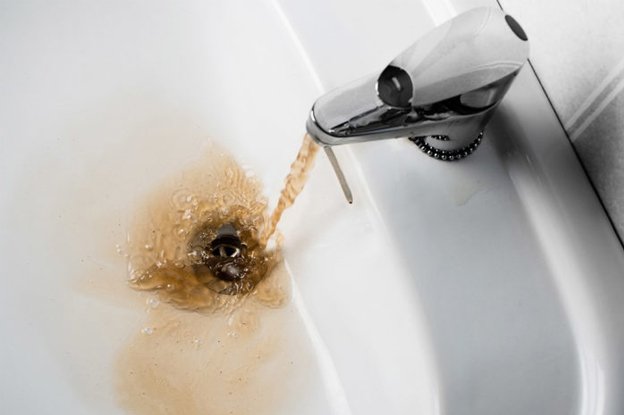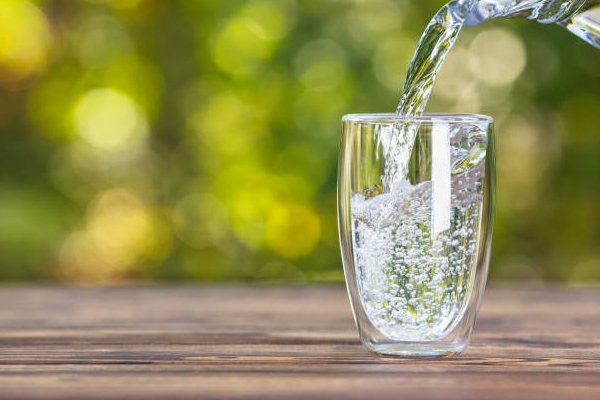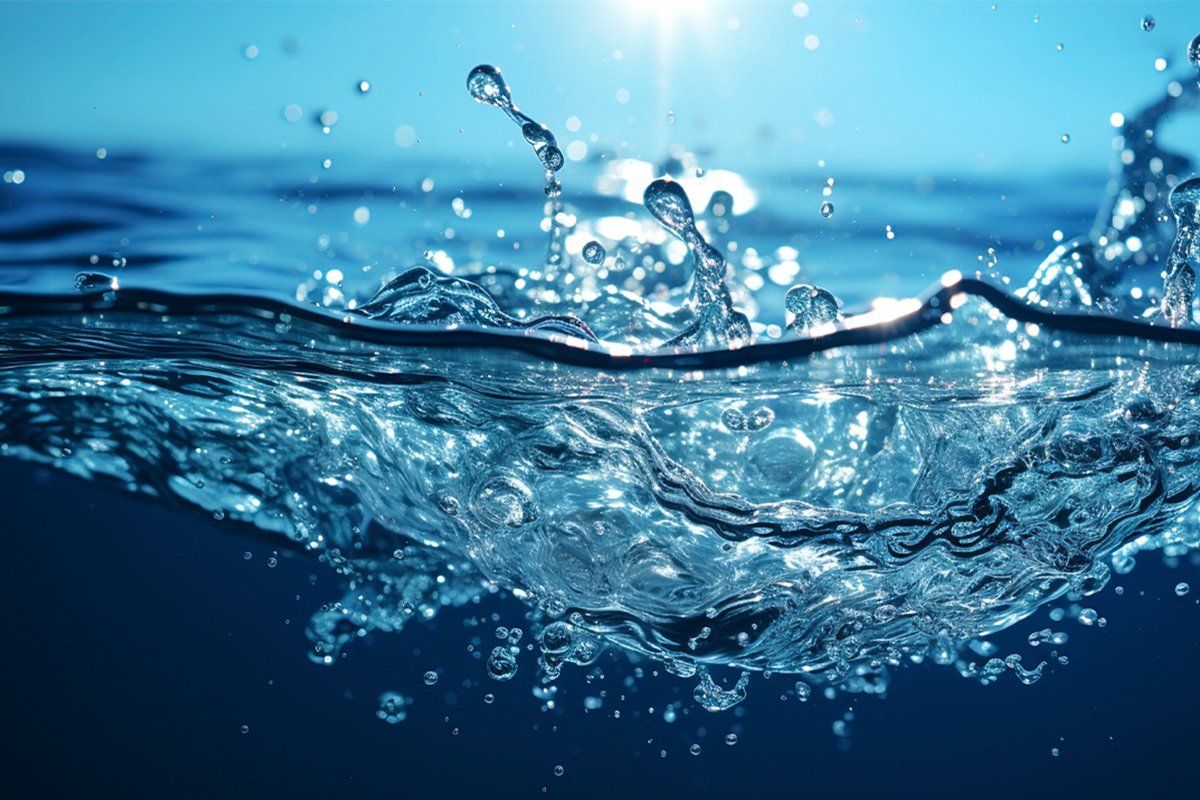Catalytic Carbon Filters: What Makes Them Effective?
Catalytic carbon filters are a highly efficient water filtration solution designed to remove a wide range of contaminants, including chlorine, chloramines, hydrogen sulfide, and volatile organic compounds (VOCs). Unlike standard activated carbon filters, catalytic carbon undergoes a specialized treatment process that enhances its ability to break down and neutralize chemical impurities, making it a superior…
Catalytic carbon filters are a highly efficient water filtration solution designed to remove a wide range of contaminants, including chlorine, chloramines, hydrogen sulfide, and volatile organic compounds (VOCs). Unlike standard activated carbon filters, catalytic carbon undergoes a specialized treatment process that enhances its ability to break down and neutralize chemical impurities, making it a superior choice for water purification in residential, commercial, and industrial settings.
How Do Catalytic Carbon Filters Work?
Catalytic carbon filters operate through a process known as adsorption, where contaminants adhere to the carbon surface and are effectively removed from the water. What sets catalytic carbon apart from standard activated carbon is its ability to facilitate chemical reactions that transform harmful substances into harmless byproducts. For example, catalytic carbon excels at breaking down chloramines—a combination of chlorine and ammonia commonly used in municipal water treatment—which many standard carbon filters struggle to remove efficiently.
Additionally, catalytic carbon effectively removes hydrogen sulfide, which is responsible for the unpleasant “rotten egg” smell in water. By converting hydrogen sulfide into non-toxic sulfur compounds, catalytic carbon significantly improves water quality and taste.
Key Benefits of Catalytic Carbon Filters
- Superior Chloramine Removal – Unlike regular carbon filters, catalytic carbon is specifically designed to break down and eliminate chloramines, ensuring cleaner and safer water.
- Enhanced Contaminant Reduction – In addition to chlorine and chloramines, catalytic carbon effectively removes VOCs, pesticides, herbicides, and industrial solvents.
- Improved Taste and Odor – By eliminating chlorine, hydrogen sulfide, and organic compounds, catalytic carbon significantly enhances the overall taste and smell of water.
- Longer Lifespan – Due to its enhanced surface area and improved reactivity, catalytic carbon filters typically last longer than traditional activated carbon filters.
- Eco-Friendly Solution – By reducing harmful chemicals and contaminants in water, catalytic carbon filtration provides an environmentally friendly alternative to bottled water.
Applications of Catalytic Carbon Filters
Catalytic carbon filters are widely used in various applications, including:
- Residential Water Filtration – Whole-house and under-sink filtration systems for better-tasting and safer drinking water.
- Commercial and Industrial Use – Water treatment in restaurants, beverage production, and pharmaceutical manufacturing.
- Aquariums and Hydroponics – Ensuring safe, contaminant-free water for aquatic life and plant growth.
Calculated by mass, the average human is made of 18.5% carbon. If you exclude oxygen, you have more carbon than any other element. Carbon also powers most of our world through coal and oil and it’s one of the best natural filters of water we have. Without carbon, life would look pretty different, or more likely, may not even exist.
Humans have found a lot of ways to employ carbon to fit our many needs, including water filtration.
One of the more important discoveries we made was that increasing the surface area of carbon — activating it — makes it better at water treatment. We also learned that impregnating carbon with other elements can help remove specific contaminants, like with catalytic carbon filters.
Catalytic carbon supercharges activated carbon, making it more effective against a larger variety of contaminants we find in our tap water.
In this article, we’re going to explain catalytic carbon vs. activated carbon, and tell you about the benefits of catalytic carbon filtration and how it can improve your drinking water at home.
What Is Catalytic Carbon?
Catalytic carbon (or catalytic activated carbon) is a form of activated carbon that is treated with high-temperature gas to alter its surface structure. The altered surface makes it a catalyst for various chemical reactions, which improve its water filtering abilities.
Using catalytic carbon vs. activated carbon is better to remove chloramines, which may be used to treat municipal water supplies. Where activated carbon struggles, catalytic carbon causes a chemical reaction that turns chloramines into harmless chloride.
Similarly, catalytic activity can break down hydrogen sulfides, which cause a bad taste and rotten egg smell in well water. Standard activated carbon is not effective here.
As a water filter media, catalytic carbon is a major improvement on activated carbon.
What Is Activated Carbon?
Activated carbon, or activated charcoal, is carbon treated to massively increase its surface area. With greater surface area, activated carbon can adsorb far more contaminants than it otherwise could. In some cases, activated carbon water filters have over 4,200 square meters of surface area per gram.
Activated carbon can be created by super heating carbon rich materials like wood, fibers, and coal without oxygen. It’s heated a second time in an oxygenated environment while being exposed to nitrogen or argon.
This unique, two-step burning process makes the carbon very porous, which increases its surface area. As water passes through and around the porous surface of activated carbon, many contaminants get pulled in and trapped, leaving your water cleaner.
Activated carbon is widely used because it’s cheap and abundant, it’s very simple in the way it works, and it excels at removing some common contaminants like chlorine, which hurt your water quality.
One of the most widely used varieties in water filters is coconut shell carbon.

Is Activated Carbon the Same as Catalytic Carbon?
Catalytic carbon is a type of activated carbon but they are not the same. They differ in how they are made and how they react to different water contaminants.
What Is the Difference Between Catalytic Carbon vs. Activated Carbon?
Catalytic carbon is a type of activated carbon that goes through an extra treatment step to make it more reactive to certain contaminants.
To make catalytic carbon, activated carbon’s surface is altered by a high-temperature gas treatment to increase its catalytic properties. This makes it a better catalyst for promoting and accelerating chemical reactions — helping it to remove more contaminants from water than regular activated carbon.
In water and air filters, you’ll find activated carbon more often than you’ll find catalytic carbon. This is due to the low cost and abundance of activated carbon. If your water filter needs are simple, using a standard activated carbon filter could be a great way to keep your costs down while improving your water quality.
If your water filtering needs are a bit more complex, the added effectiveness of catalytic carbon might be able to meet your needs without resorting to more expensive reverse osmosis systems.

What Contaminants Does a Catalytic Carbon Filter Remove?
The benefits of catalytic carbon filters are that they remove or reduce a wide variety of contaminants from drinking water. These include:
Chlorine
Chlorine is the most common disinfectant used in public water systems. While it is very good at killing pathogens in your water, it can dry out your skin and make your water taste and smell like a swimming pool. It also creates dangerous disinfection byproducts.
Chloramines
This disinfectant is made by combining chlorine and ammonia. It is commonly used in municipal water systems because it lasts longer than chlorine. Like chlorine, chloramines can cause skin irritation and respiratory problems and also react to organic material in water to form harmful disinfectant byproducts like trihalomethanes.
Trihalomethanes (THMs)
These chemical compounds can form when chlorine and chloramines are used to disinfect water. THMs have been linked to a range of health problems, including cancer and reproductive issues. Catalytic carbon media removes trihalomethanes and other disinfection byproducts.
Hydrogen Sulfide
If you’ve ever wondered why well water smells so bad, hydrogen sulfide is your answer. This gas that smells like rotten eggs can also corrode your metal pipes and fixtures.
Pesticides and Herbicides
These dangerous chemicals commonly contaminate public and private water supplies as they are used heavily in both agriculture and lawn care. Catalytic carbon media helps you remove many of these harmful chemicals from your water.
Iron and Manganese
These metals stain your clothing and fixtures and can clog your pipes. If you have hard water, these minerals can make it worse. In fact, if you can remove iron before it hits your water softener, you may increase its efficiency and save some money on salt.
Volatile Organic Compounds (VOCs)
These are organic chemicals that can evaporate into the air at room temperature. VOCs are in industrial and household products, and they can have negative health effects with prolonged exposure. Some of the VOCs that catalytic carbon removes are:
- Benzene: This known carcinogen is a colorless liquid that is used in the production of plastics, synthetic fibers, and rubber. High levels of exposure can cause a variety of health problems.
Toluene: Toluene exposure can cause health problems like headaches and dizziness. This colorless industrial chemical is used in the production of gasoline, solvents, and other industrial products. - Xylene: A hard-to-detect solvent used in the production of rubber and plastics, xylene exposure can also cause headaches, dizziness, and other health problems.
- Trichloroethylene (TCE): Another colorless industrial solvent, TCE is used in the production of refrigerants, adhesives, and other industrial products. TCE exposure can harm your liver and kidneys and cause cancer.
- Perchloroethylene (PCE): PCE is a colorless liquid that is used in the production of dry cleaning solvents and other industrial products. Exposure to PCE can cause liver and kidney damage, and it has been linked to cancer.
- Dichlorobenzene: Like others on this list, exposure to dichlorobenzene can cause headaches, dizziness, and a variety of other health problems. Dichlorobenzene is a colorless liquid solvent and deodorizer used in mothballs and mildew control products.
As you can see, the benefits of catalytic carbon filters are far beyond improving taste. This unique charcoal filter media also improves the quality of your water.
What Are the Benefits of Catalytic Carbon Filters?
We’ve already talked about many benefits of catalytic carbon filters. Here’s a few more reasons why they are sought after:
- Chemical free: Catalytic carbon uses adsorption instead of chemicals to provide you with clean water.
- Taste-improving: No one wants their water to taste like a swimming pool or old plumbing. Catalytic carbon water filtration removes bad tasting compounds like chlorine, chloramines, sediment, iron, and manganese.
- Versatile: Catalytic carbon removes a variety of different impurities from your tap water and works well in conjunction with other filter media and technologies.
- Inexpensive: While catalytic carbon comes at a premium to activated carbon, it’s far cheaper to get a whole house filter that uses catalytic carbon than reverse osmosis.
Teen Drinks Fresh Glass of Filtered Water
Conclusion
Catalytic carbon filters are a powerful and efficient solution for improving water quality by removing chlorine, chloramines, hydrogen sulfide, and other harmful contaminants. With their advanced adsorption and catalytic properties, these filters offer a long-lasting and environmentally friendly way to achieve cleaner, fresher water for various applications. Whether for home use or industrial purposes, catalytic carbon filtration is a reliable choice for superior water purification.
Brought to you by ranpureus.com
All images licensed from Adobe Stock.
New Post:
- Why Choose Activated Carbon Filters? Key Benefits for Pure Water
- From Simple to Chic: Unique Ways to Present Water
- How Filtered Water Boosts Your Health and Wellness
- Essential Guide to Water Filtration for Diverse Applications
- Buffalo Tap Water: How Safe Is It for Drinking?
- Top 7 Under Counter Water Filters for Pure Drinking Water
- The 9 Best Water Pitchers to Enhance Your Drinking Experience
- Catalytic Carbon Filters: What Makes Them Effective?






